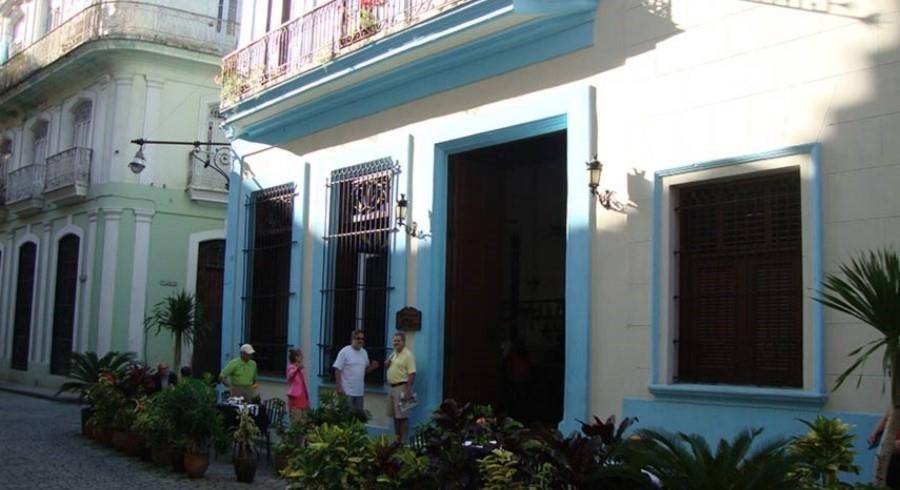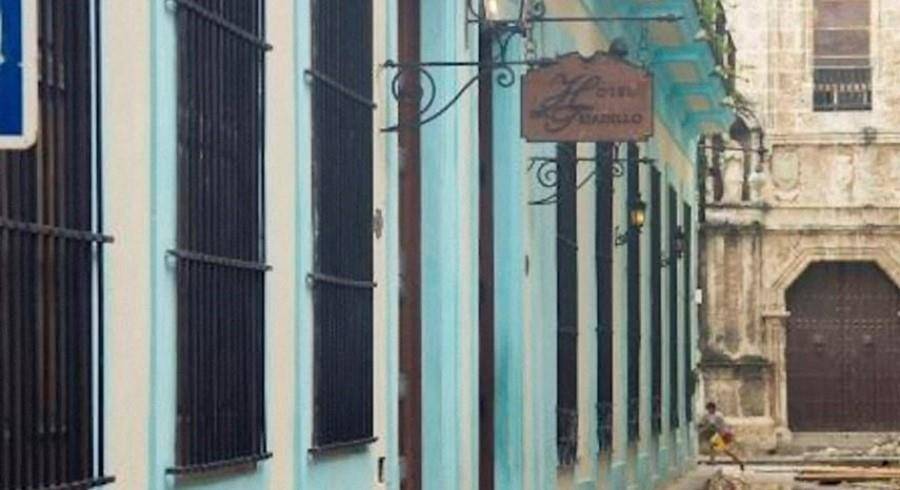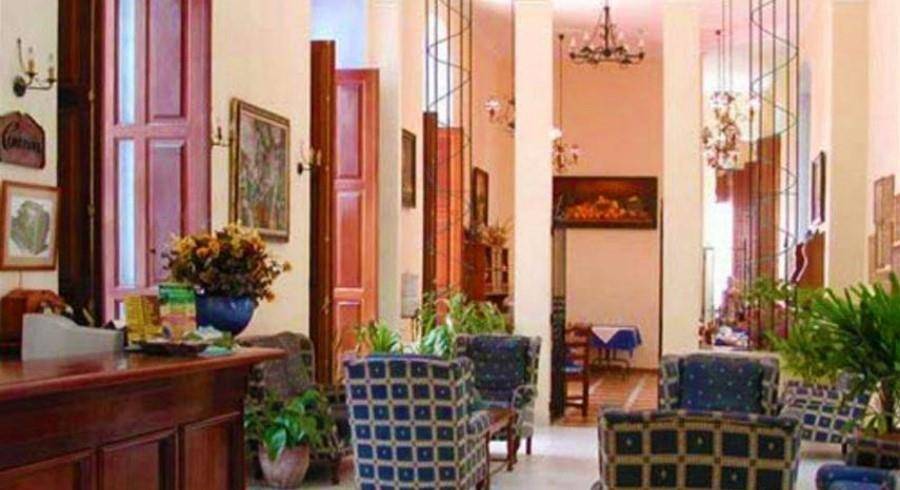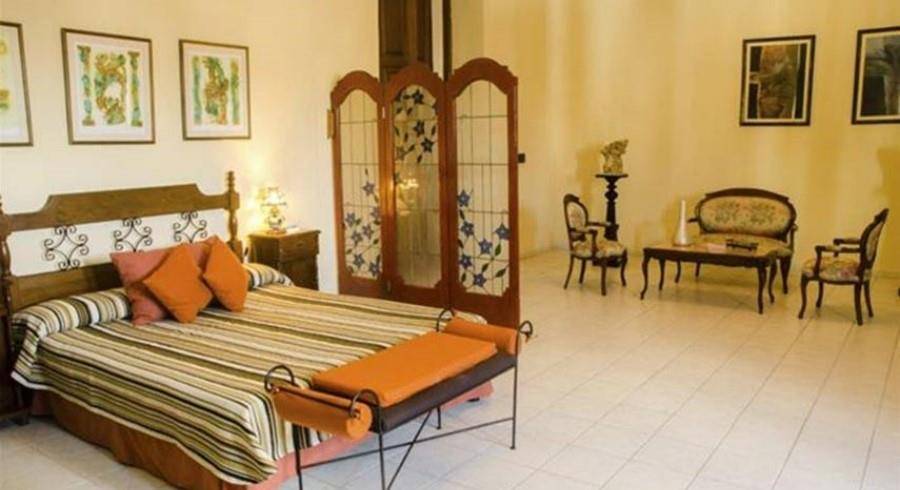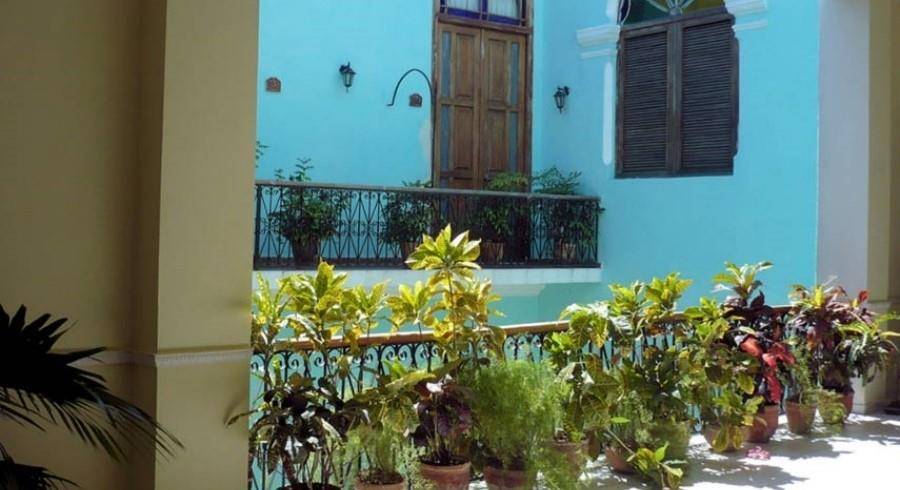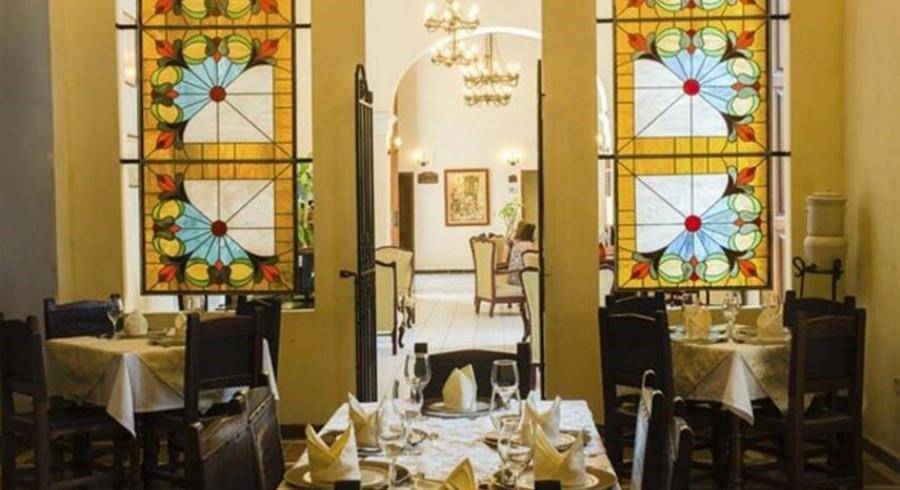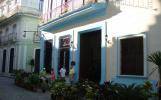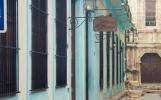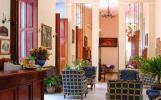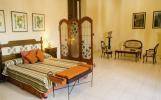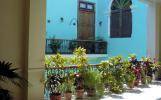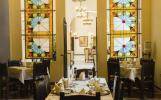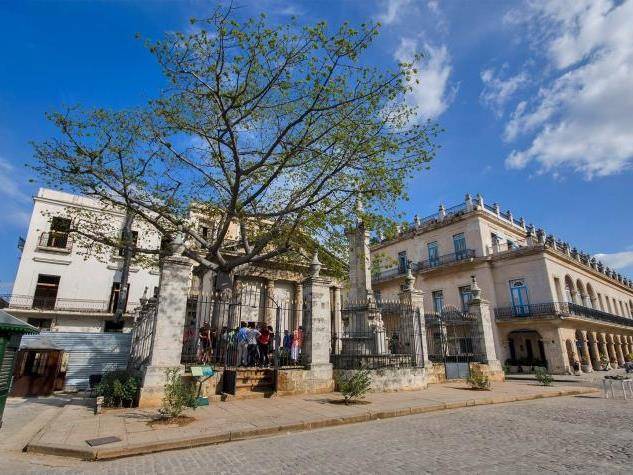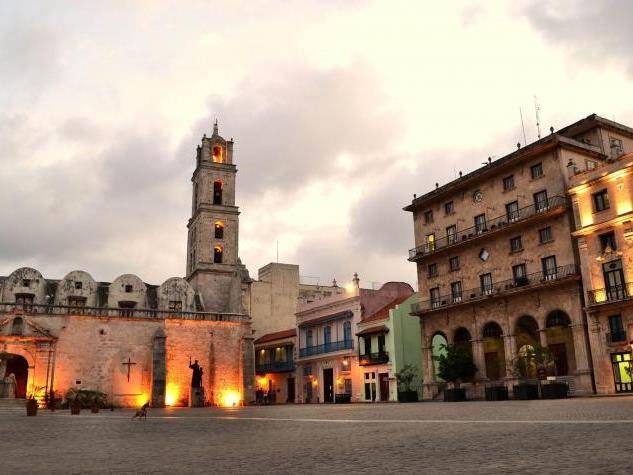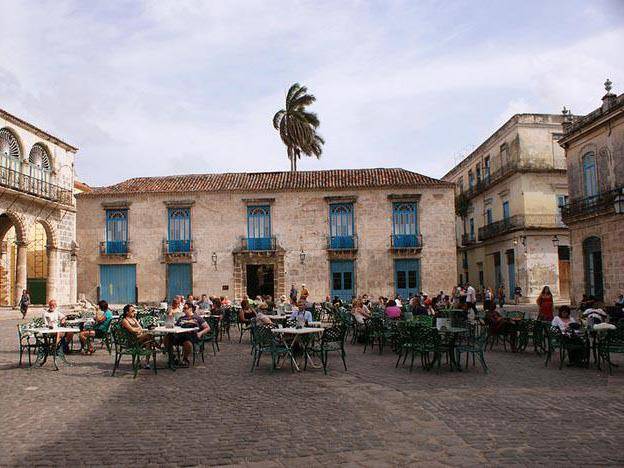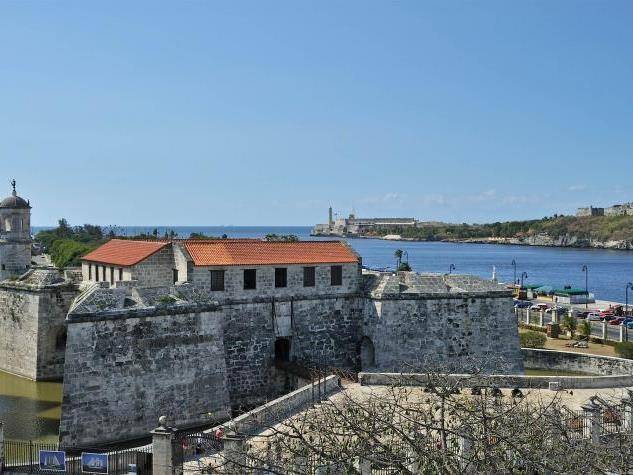
Real Fuerza Castle (Maritime Museum)
The Real Force Castle is located in Old Havana, in an attractive area of important architectural, urban, cultural and social values. This is the oldest fortress of the former fortification system of Havana and the Americas, which construction dates back to 1577. It was declared a World Heritage Site by UNESCO. A replica of the La Giraldilla, the symbol of the city, can be seen on the highest tower of the castle (the original is in the Museum of the City). Since 2008, the Museo de Navegación (Maritime Museum) is located in the former moat of the Real Force Castle. This museum houses interesting exhibits detailing the history of the fortress and Old Havana, as well as its connections with the former Spanish Empire. It’s worth mentioning that huge scale model of the Santísima Trinidad galleon can be found here.

